The Amul girl, for over 50 years, has had an “utterly butterly” take on India, one hoarding at a time. But she has largely skipped religion.
Her round cheeks, ponytail with a bow and polka-dotted dress are embedded in the consciousness of the country – a testament to the success of Amul’s brilliant branding strategy for its butter.
It’s another story that the tagline “Utterly Butterly Delicious” was initially objected to in the late 1960s because “butterly” isn’t grammatically correct.
Also read: How Godrej typewriters scripted modern Indian history
A slice of elections
With over 4,000 ads, Amul doesn’t look like it’s slowing down anytime soon. The Lok Sabha elections are midway and its cartoons have already featured the Congress’ lead duo Rahul Gandhi and Priyanka Gandhi, cricketer-turned-politician Gautam Gambhir, and the opposition mahagathbandhan, which it called a “maska–gathbandhan”.
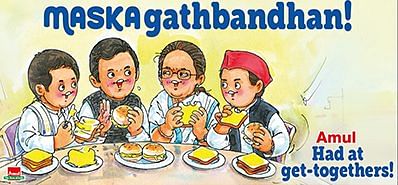
There is something about the rotund figures in the cartoons, which let them get away with much, while putting a smile on people’s faces. When Rahul Gandhi hugged PM Narendra Modi in Parliament last year, Amul swiftly put out an ad that said: “Amul: Hugs bread daily”. When Modi met Chinese President Xi Jinping, Amul’s ad said its butter gets people “Jinping with joy”.
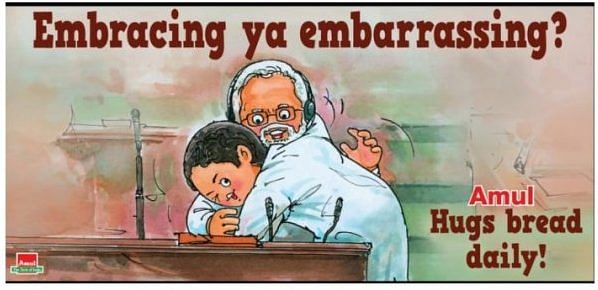
“The cartoons pick the mood of the nation, and work because they are not malicious at all,” Jayen Mehta, senior general manager, Gujarat Co-operative Milk Marketing Federation Limited, told ThePrint. The federation produces Amul products.
“The style of the moppet hasn’t changed in over 50 years and Amul butter is the only product in whose advertising we do not interfere. I see the cartoon when everyone else does,” he added.
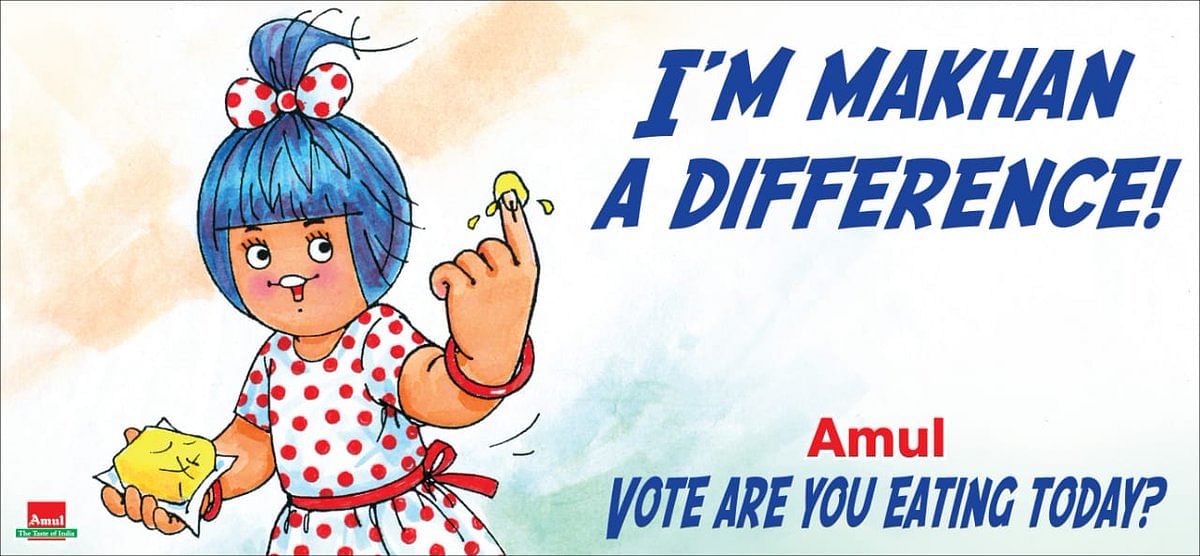
Rahul DaCunha, owner and creative head of DaCunha Communications (the company that has created the cartoons since 1966), had said in an interview that the ‘disarming’ moppet helped the ads escape criticism.
Amul recently became the principal sponsor of Afghanistan’s cricket team for the ICC World Cup.

Also read: ‘Mera sapna, meri Maruti’ — how a car became the status symbol of a young, working India
Churning the butter
The Amul brand was registered in 1957. The father of India’s ‘White Revolution’, Verghese Kurien, reached out to advertising and branding expert Sylvester DaCunha.
According to the book Amul’s India (HarperCollins), DaCunha and illustrator Eustace Fernandes came up with the Amul girl in 1966-67.
The very first hoarding that featured the Amul girl showed her praying. “Give us this day with our daily bread: With Amul Butter,” she said cheekily. The ad, according to Sylvester DaCunha, received a good response and people loved the “cute” character.
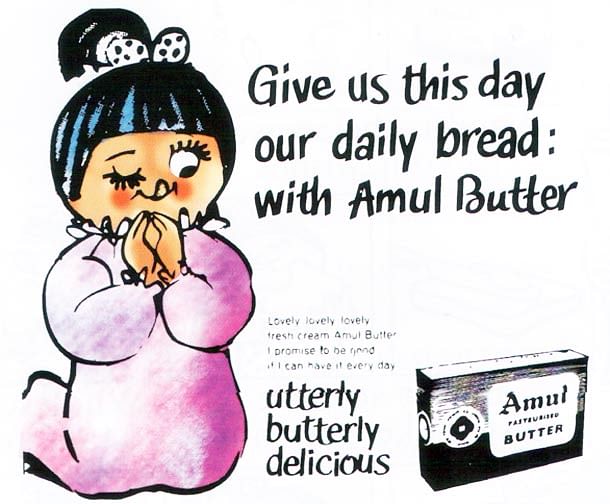
Soon, DaCunha and his team realised they had only so much to work with if they focused on just food items, so they started responding to news and popular social-cultural events.
In Mumbai’s horse racing season in March 1966, a hoarding showed the Amul girl as a jockey. “Thoroughbread,” it read. This was Amul’s first topical ad.
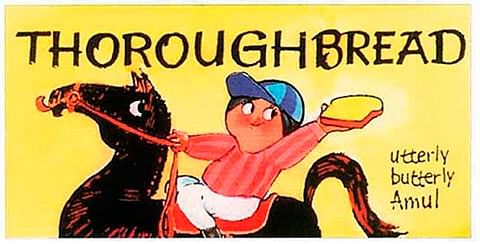
Kolkata in the 1960s often had bandhs or hartals and so the creators came up with “Bread without Amul Butter — cholbe na, cholbe na (will not do!)”. Even the Leftists loved it.
Slowly, current events-driven Amul ads became very popular, and have remained the mainstay to date.
The trust Kurien had in DaCunha Communications was necessary for the Amul cartoons to be topical, because it had to be put out as fast as possible. Kurien gave the company the right to print the cartoons without a green signal from Amul, a practice that hasn’t stopped.

“But when we did sometimes ruffle feathers, he [Kurien] stood by us. For instance, during a prolonged airline strike, a little uniformed hostess said: ‘Indian Airlines serves Amul butter — when it flies’. A furious airline demanded the immediate removal of the ad or threatened to stop serving Amul butter. Dr Kurien barked, ‘The ad stays. No one’s going to tell me how to run my advertising.’,” wrote Sylvester DaCunha in Amul’s India.
The cartoons tell the story of a changing India. They have referred to Indira Gandhi’s Emergency, mass sterilisation drive (the ad read: “We’ve always practiced compulsory sterilisation”), Tiananmen Square, Bofors scam, Jayalalithaa going to jail before turning their attention to Bollywood, TV and pop culture.
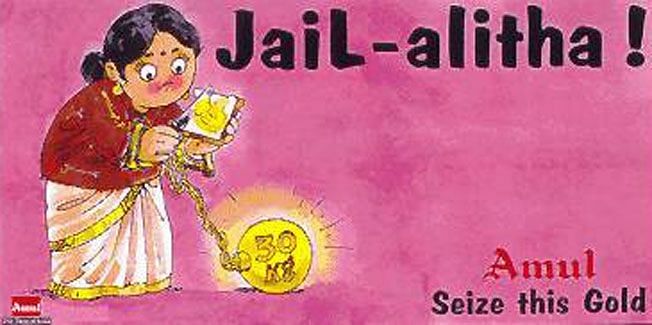
The Amul ads are also unique for their commentary on other brands and ads. For instance, when KFC came to India and was having teething troubles, Amul came out with an ad that read: “Chicken nahi tikka”, with a frowning Amul girl.
Amitabh Bachchan has apparently collected all the Amul ads featuring him.
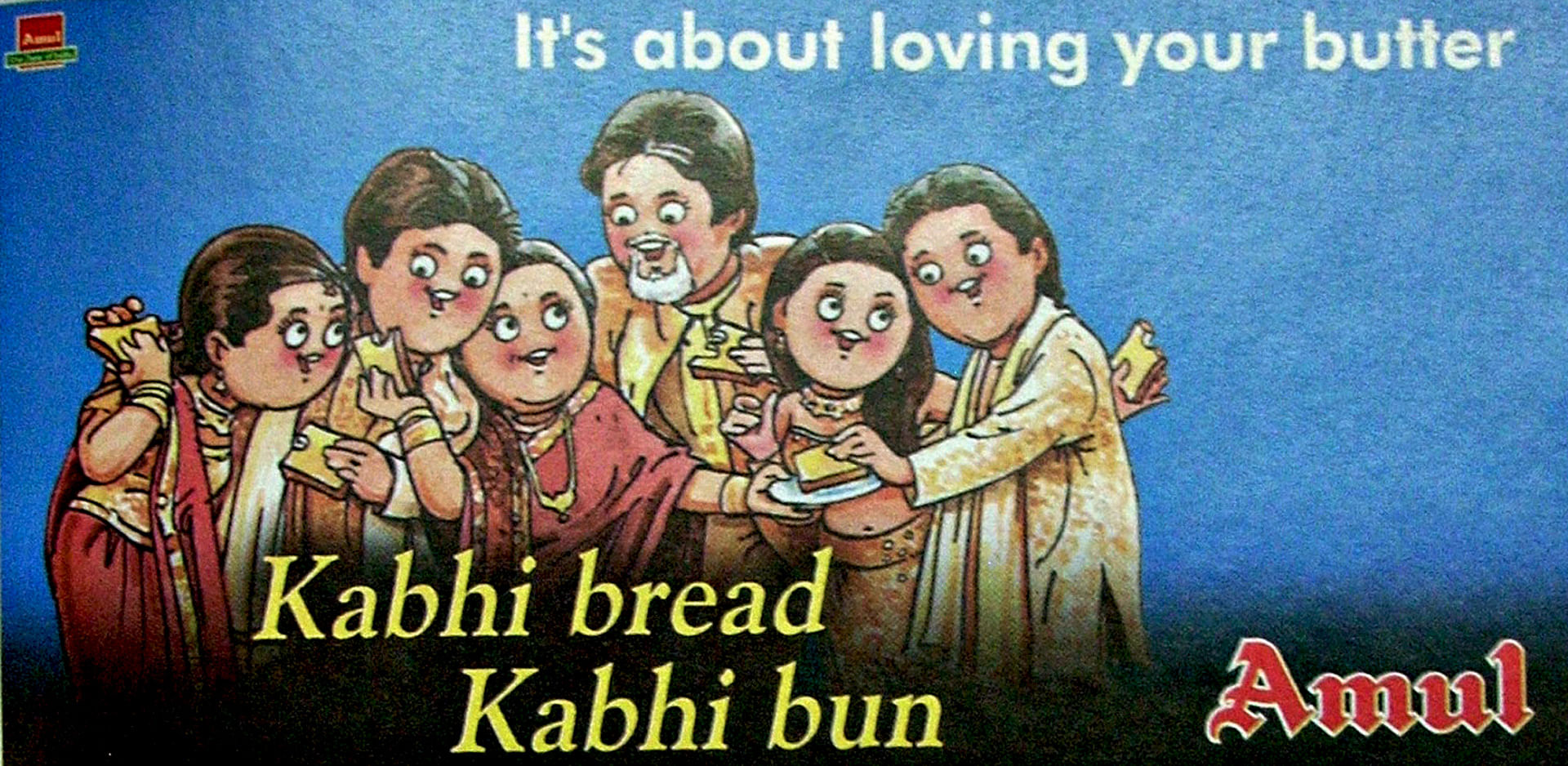
The power of the moppet is such that now even Amul’s milk pouches, its largest selling product, carry a picture of the girl.
The Amul ads and cartoons are now created by Rahul DaCunha (who took the baton from his father), copywriter Manish Jhaveri and artist Jayant Rane. Although some of the ads have got the company into legal problems, the barbs keep getting edgier and snappier.
For many Indians, the Amul cartoons on hoardings have become a part of the city landscape, something to look forward to every week.
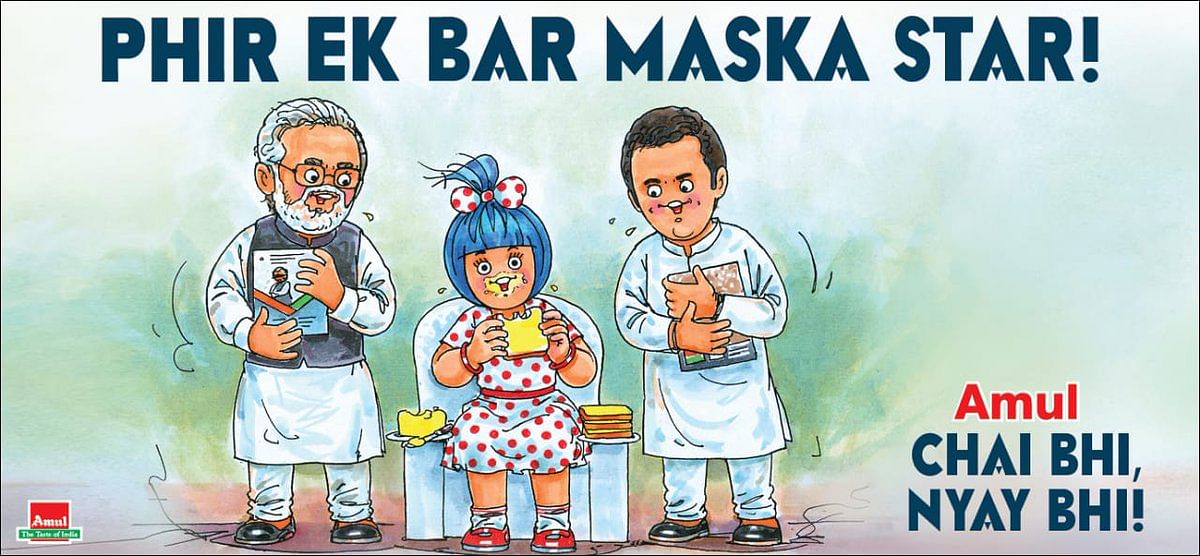
Also read: Binaca was a brand that brought toothpaste and music together
Utterly successful
Amul, unlike most companies, has been able to stick to its branding technique and style for the longest time. The success of the moppet has been in her ability to convince the consumer about the quality of the product while being relevant and not monotonous.
And, Amul allocates less than 1 per cent of its total spending on advertisements. But when a company can claim to be the “Taste of India”, it doesn’t need much star endorsement or capital for its branding.



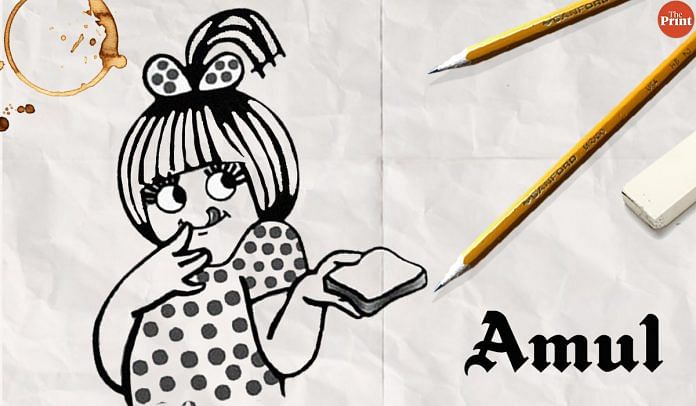



I’ve always loved their ability to advertise their product through a blend of their sales pitch with current issues. Utterly creative and butterly enticing! I also appreciate their cooperative business model ! I’ve been bred ( intentional pun) on their messaging and grown up supporting amul-titude important issues!
Amul is a success story at so many levels, cooperative endeavour, value addition for an agricultural commodity, brilliant marketing.